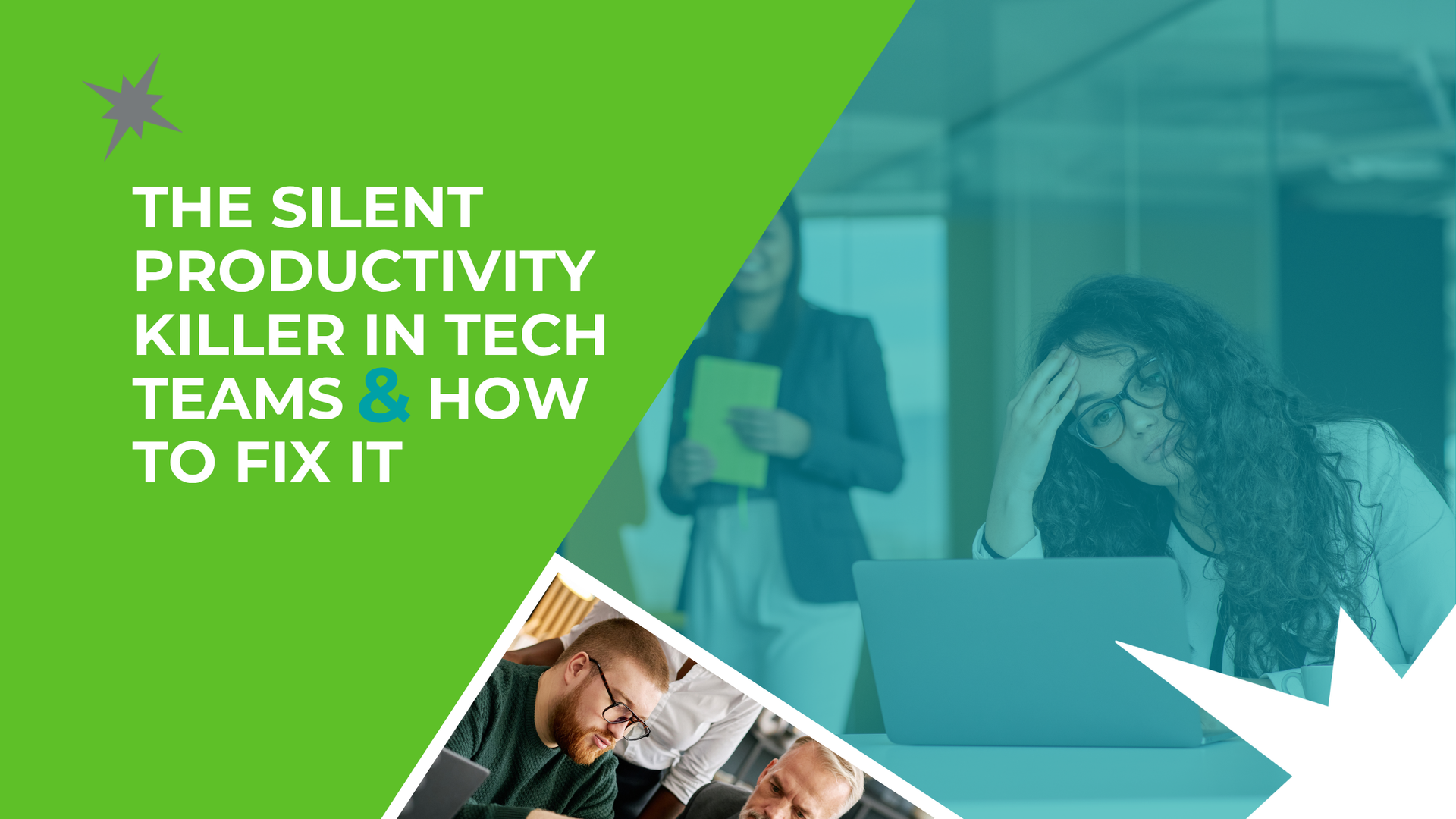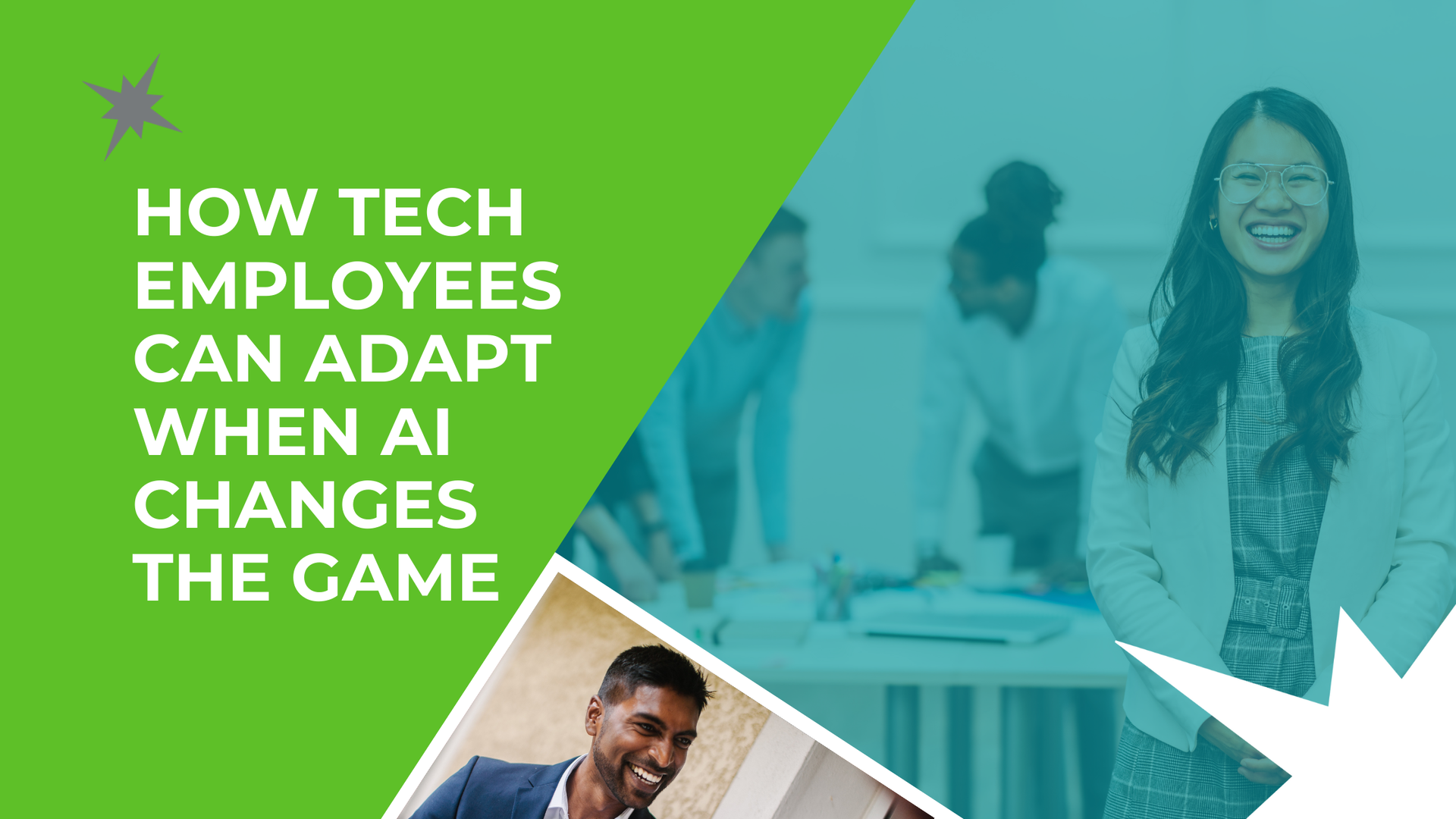News & Insights
< Back to Blogs
6 Essential Interview Questions to Ask IT or Business Transformation Professionals

With so much interview information publicly available online, candidates in the IT or Business Transformation sectors are far more prepared for interviews than they were 10, or even five years ago. As an employer this poses a new challenge, as it is now even harder to assess a candidate’s suitability for the role during the interview process. Being well-prepared suggests the candidate is enthusiastic about the role, but it also makes it more difficult to predict how the person will perform in practice. Are they really as great as they seem, or are their thoughtful answers largely the result of prior research?
As a specialist IT and Business Transformation recruiter, our team have run their fair share of interviews. Here are the six top interview questions to ask IT professionals, so you can be sure you’re hiring the right person for the job.
What is Your Favourite Work Environment You Have Experienced in Your Career?
Since this question prompts the candidate to look back at their own experience, it may not be something they have considered previously. The type of work environment they describe will give you valuable insights into their personality and workplace preferences and can help you assess the way they might fit into your company culture.
It also provides the opportunity to ask the follow up question of “Why?” As this is an evidence-based question, you are much more likely to get a candid, spontaneous response, rather than one that has been carefully tailored to your organisation.
Why Do You Want This Job and What Can You Bring to It?
This is a doubled-edged question that will enable you to gain an understanding of the candidate’s motives and assess whether they genuinely believe they are right for the role. Have they thought about how they can add value to the organisation and apply their skills to the requirements of the job?
Asking this question will reveal how much research the candidate has done into both the role and the company itself, without the need to ask outright. To draw out even more information, a useful follow up question could be “What is the first thing you’d do if you were hired for this role?” Look for answers that apply to the challenges facing the role, as well as answers that suggest the person is proactive, innovative and focussed on continuous improvement, as these qualities are especially valuable in IT or Business Transformation.
Describe a Situation Where You Had to Meet a Tight Deadline at Short Notice
This question is important because it shows how the person works when pushed outside of their comfort zone; both through the answer itself and through having to come up with a good response at short notice. It could also be worded in a situational manner, asking them how they would respond in an imaginary scenario where this happened. It paves the way for further questions to gain even more insight about how the candidate performs under pressure, including: Why did the situation occur? How did you handle it? What did you do differently? What was the outcome?
See whether the person is able to reflect on the experience and identify ways to improve their approach to similar situations in future.
Describe Your Biggest Failure at Work and What You Learnt From It
For most people it is easier to talk about success than failure, and candidates often try to avoid negative subjects during interviews for fear it will present them in a bad light. This is another useful interview question to ask IT professionals as innovation and failure often go hand in hand. Someone who cannot name a single failure could be too afraid of taking risks to do the ground-breaking work needed for business transformation.
Generally, it doesn’t matter if a person has failed – it’s the way they respond and what they learnt from the situation that make quality IT talent stand out.
Describe a Situation Where You’ve Had to Work as Part of an Effective Team Unit
While IT candidates may throw around buzzwords such as “team player,” the best way to determine whether they’re truly good at working with others is to get a real-life example. Find out what their role in the team was and how they contributed to achieving a successful outcome. If the person was a people manager, this is the perfect opportunity to learn about their leadership style and the approach they believe gets the best results. Does this style mesh well with existing management, and how well will the person fit into your own team?
Curveball Questions
This isn’t strictly one question but throwing a curveball or two during an interview has become increasingly popular as a way for employers to put candidates off their guard, and gain extra insight into their thought processes, logic and vital skills. Some possible curveball questions you can ask include:
- If you were the CIO of your last company, what’s the one thing that you would change and why? – This question forces the candidate to think critically about their previous company and identify areas for improvement. Look for answers that offer a solution, rather than just highlighting a problem. This question will also give you an insight into what the candidate prioritises in their role, and where their focus is in their role. Would the change that they put forward be transformative across the whole business, or does it only solve an issue that directly affects them
.
- Explain the technical aspects of a key project you worked in non-technical language – Soft skills have become increasingly important for IT professionals to have in the past 10 years. This question will help you to assess the person’s communication skills and gauge whether they’re able to convey complex information in a way that can be understood by the general listener
Summary
The questions above are by no means an exhaustive list, however if you ensure that your interview has a strong mix of general, behavioural (based on experience), situational (based on an example situation) and, if needed, technical questions, then you’ll have a far better understanding of the person in front of you.
In addition, as you carry out the interview watch out for other red flags, such as an overuse of buzzwords, vague answers, saying “we” rather than “I” when describing achievements or failing to listen to the questions themselves.
Lastly, remember an interview is a two-way street. Whilst it is normal to allow the applicant the chance to ask questions, it’s important to also be using the interview setting as an opportunity to sell the role and company to the candidate themselves. Doing this last step will ensure that, regardless of whether you choose to progress with the candidate, the probability that they will be interested in working for you will be significantly higher.
For more valuable advice and support on IT or Business Transformation recruitment in Sydney, get in touch with the experts at Enterprise IT Resources.
Share This Article
Recent Articles

Filter By Category
Subscribe to our News & Advice












